Top 8 Things to Carry for Kedarnath Trekking | Winter Trek
Planning a trek to Kedarnath temple in winter? You may run through the internet to know what things to pack, how much to pack, and how to carry? Don’t worry; here we are taking you through all your doubts. Kedarnath trekking is one of those treks that lie in the range of Himalayan Mountain. The trek nonetheless than any heaven, many tourists flocks here between May to November month. It is the place of Lord Mahadev. Being situated at the altitude of 11700 feet the temperature here falls to minus with snowfall and rain. It is necessary to know the right things to pack for Kedarnath trekking. When I had planned my trek to Kedarnath, I had researched a lot to know what to pack for Himalayan trekking and after that, it became a successful trek to Kedarnath. This article will help you to plan your trek to the Kedarnath temple. Kedarnath temple is situated in Rudraprayag district of Uttarakhand state, India. It is one of the 12 Jyotirlingas of India.
It takes a minimum of 4 to 6 days if you are planning for
Kedarnath from any state of India. There are many things that you need to
pack if you are planning a winter trek to Kedarnath temple. It is important to know the right
things to pack for your short winter trek. Kedarnath trek is the 18 km long
ascending trek that starts from Gaurikund village.
Top 8 and Most Important Things to Carry for Kedarnath Trekking
Clothing
-Upper Clothing
If you are planning your trek to somewhere where the temperature
ranges from 5 degrees to – 5 then the first thing you have to do is say goodbye to
fashion clothes, sounds bad right? Yes, you have to avoid packing fashionable
clothing for the winter trek. The best way to prepare for the Himalayan trek is warm
clothing. Kedarnath is one of those places where the temperature falls to zero degrees
even if it is summer season. You need to at least cover your body with four layers
of clothing.
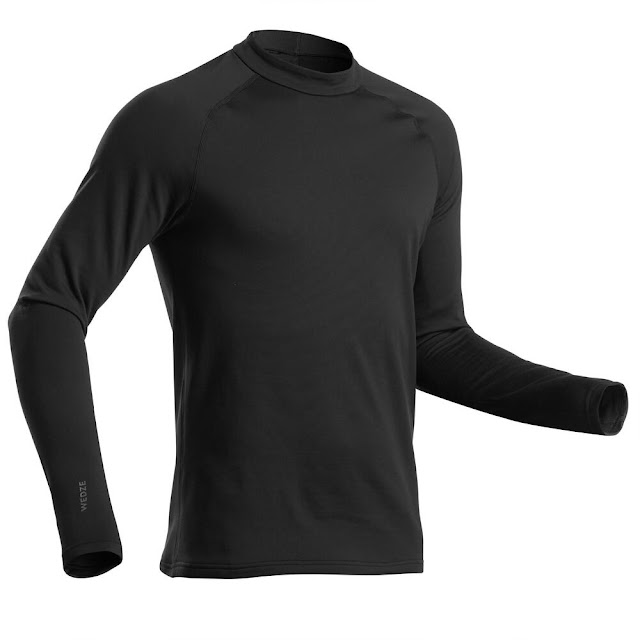 |
| Upper thermal as a base layer to keep your body warm (Image source- Decathlon) |
A Four-layer of clothing includes thermal as the first and base
layer that helps you to keep your body covered. After that second layer is the
woolen sweater that helps you prevent cold. The third layer is when your
fleece t-shirt or jacket comes into work to keep you warm as the temperature
falls in the evening. The last layer or fourth layer should be the lightweight
windproof or waterproof jacket to prevent you from cold air and rain. You need to
follow this sequence because in day time you can only wear thermal as it will
start sweating due to trekking. As you start feeling slightly colder you can
add the next layer without disturbing your base layer and likewise keep adding the other two as the temperature falls in the night. Carry a minimum of two thermals as a backup. If one
gets wet due to sweat you can at least have another to keep you warm. Thermal
weight is very minimal so one can pack that as extra.
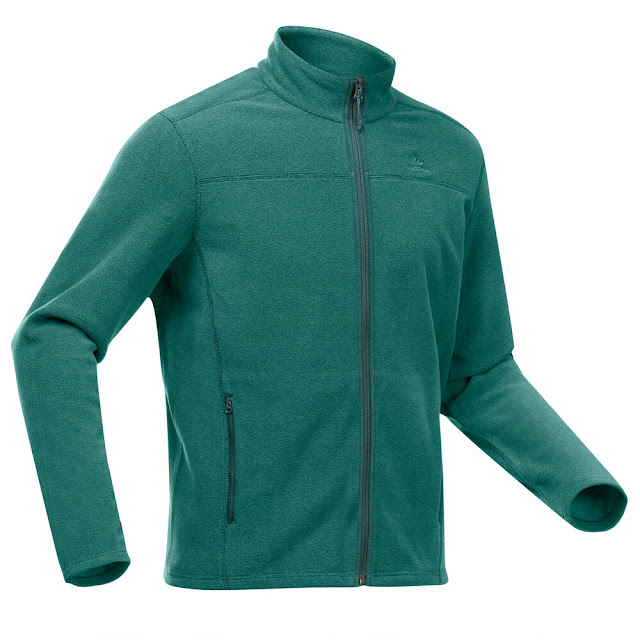 |
| Fleece Jacket as keep you away from the cold wind (Image source- Decathlon) |
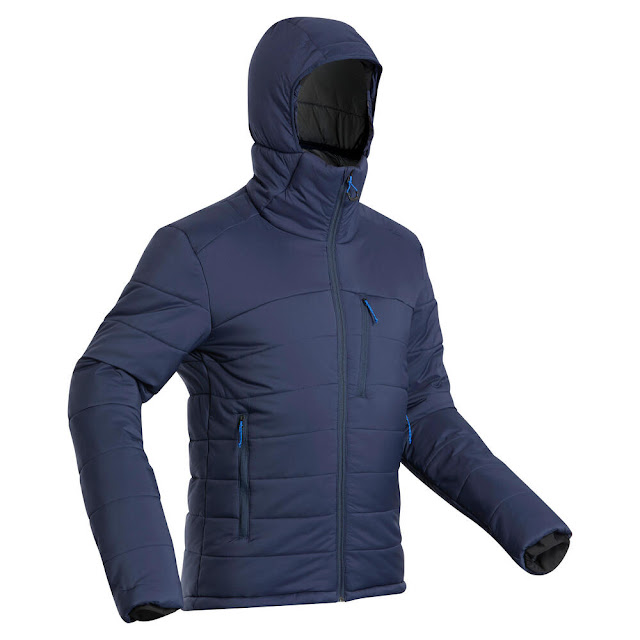 |
| A windproof jacket or rainproof jacket will keep you dry in rain or snow (Image source- Decathlon) |
-Lower Clothing
One should carry at least one bottom thermal pants to keep
your lower body warm at night. There is no need to wear bottom thermal
while trekking, you can wear light trekking pants. Carry at least two trekking
pants that can give you good comfort while trekking. One while trekking and one
as a backup if in case needed. No need
to carry jeans or trousers, it will unnecessarily make your bag heavy.
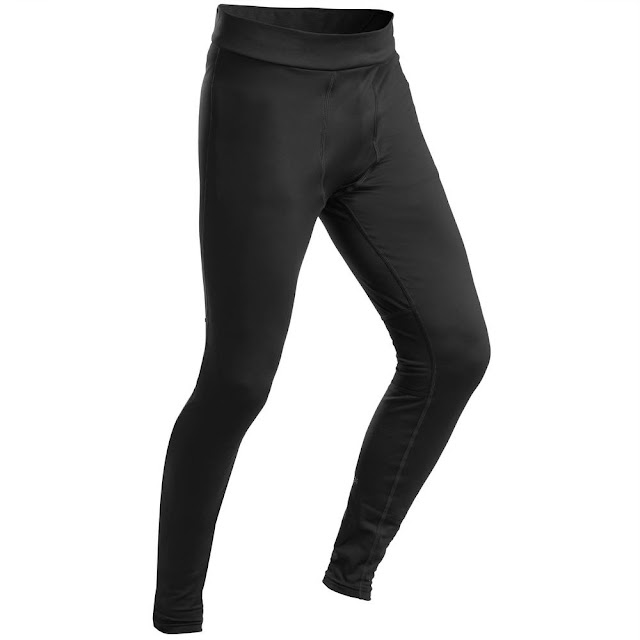 |
| Bottom thermal for legs (Image source- Decathlon) |
Other Accessories
-Warm Socks
Your feet are the only part of your body that takes the
body's complete weight right? So how can you forget your feet? One should carry a minimum of three pairs of socks for five days of the short trek. Socks inside fleece are
not needed while trekking because if it gets wet then it can cause you trouble
at night. Carry one pair of fleece socks and two pairs of woolen socks to keep
your feet warm at night. The daytime can be managed with one sock as you
will be wearing shoes on it so you won’t feel that cold. The socks length
should be till calf or knee to get a more comfortable sleep at night. This is
experienced by me if you won’t wear two-layer of socks in the night then you
will be in trouble.
 |
| Woolen socks will keep your feet warm at the night (Image source- Decathlon) |
-Gloves
Wearing good pair of gloves blocks your skin from cold air.
This will reduce the dissipation of heat through your skin. One should have one
pair of good woolen/insulated gloves to keep your hands warm in minus temperature. The weight of these hand gloves is equal to no weight. If it’s raining or
snowing then you should have waterproof gloves on top of insulated gloves.
You might feel to become a kid for one moment and feel like playing with snow then
the waterproof gloves are the ones that will give you that comfort.
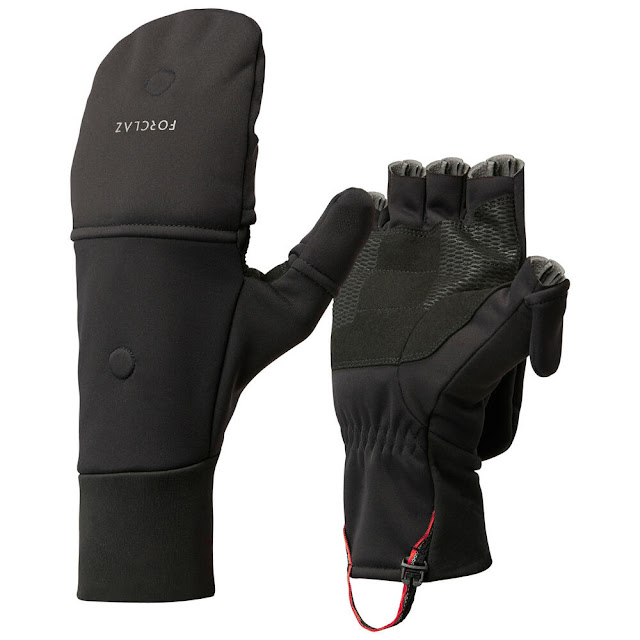 |
| Hand gloves are needed at night when the temperature falls to minus (Image source- Decathlon) |
-About your Head & Neck
While talking about another part of the body how can we forget the
Head and Neck especially when there is minus temperature, isn’t it? A wide
summer cap to protect you from the sun while trekking in the daytime and a balaclava to
keep you cozy in a wind-chill climate. You either keep one balaclava or woolen
cap and neck scarf or muffler. Covering your complete body with warm layers is
what works in the Himalayan Mountain. This is something you just added to your
backpack.
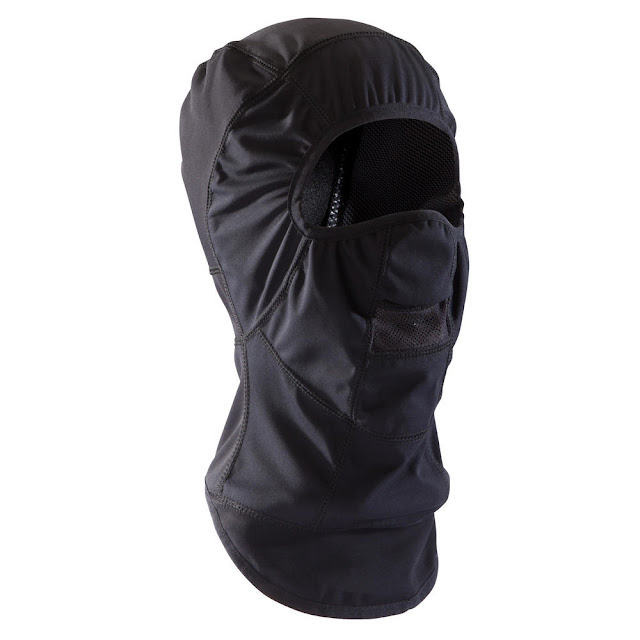 |
| Balaclava or neck scarf will help to keep your ear and neck away from the cold wind (Image source- Decathlon) |
Good Shoes
When we are talking about trekking then shoes are the
one that plays the important role, you agree right? Always in all
circumstances, wear comfortable shoes. Good quality shoes are one of the
important assets for your winter trek. Shoes with crampons are what you need
in Chadar frozen river trek, and the Kedarkantha trek, because here you
will be walking on the hard ice. A crampon gives a good grip on your shoes.
One should never compromise on the quality of shoes, you will be trekking for
almost 10 to 12 hrs a day so you must have a good quality of shoes. Some of my
favorite brands are wildcraft and Quechua because shoes are long-lasting and it is reasonable too. You
can keep lightweight floaters in your bag.
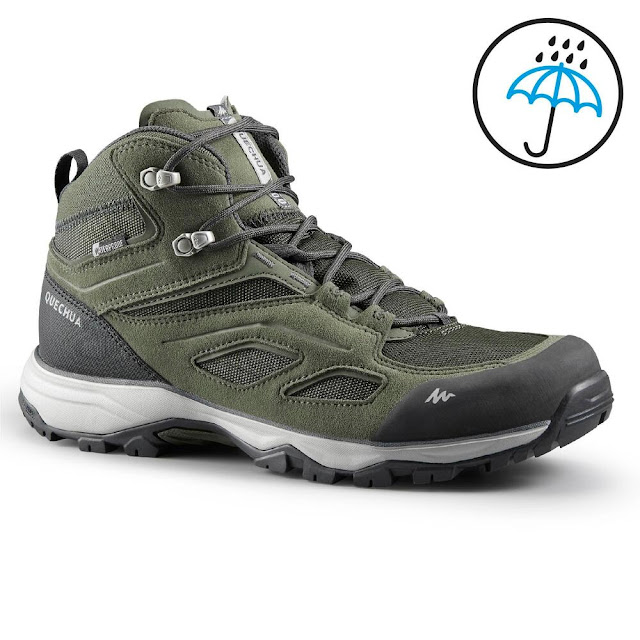 |
| You can either use ankle shoes or normal shoes which is water-resistant (Image source- Decathlon) |
Trekking Pole
Some of you might get a question that what is the use of a trekking pole while trekking to a mountain? Let me tell you all, trekking pole is
very important when it comes to trek. They act as your third leg while walking,
keeping your balance in tough terrains while trekking. This pole also
reduces some amount of pressure on your knee. You may find numbers of wooden
poles selling in just 30 INR at Kedarnath base point but, I would suggest you carry your own trekking pole which is adjustable too and can also use in all treks.
 |
| Trekking pole helps you to reduce the pressure while trekking (Image source- Decathlon) |
Personal Utilities
You don’t need to pack your bag with unnecessary utilities
but yes, you can carry some of the basic things that require once you are exposed
to minus temperature and hard sun rays. It may contain Lip balm, cold cream, sunscreen lotion to prevent your skin. People from Maharashtra are not fond of
cold temperatures throughout the years, so it is necessary to carry this skin
prevented stuff. UV-protected sunglasses is one of that utility that needs to
carry. Do carry power bank as you may suffer a lot if your phone gets off and you can not even take photos.
Some of you might be having high altitude sickness so it is
better to carry basic medicines in your bag. Some of the basic medicines are,
Diamox- to prevent AMS (Acute Mountain Sickness)
Crocin or Dolo 650- Fever, High fever
Zantac/Omex- Acidity
Cetirizine- Allergic sneezing, cold
Strepsil- Sore throat
Electoral or Energy Drink
Carry the above-mentioned medicine while traveling to Kedarnath
or any North trek.
Insulator Water Bottle
Hidden but amongst the important thing to carry for winter
hiking is an Insulator bottle. When you travel in the minus temperature you need to
keep your body hydrated throughout the trek. You may not feel thirsty but still, you need to have a sip of water while ascending. There is no room temperature water
in the Himalayas unless you carry some hot water from the hotel but, you need to have an Insulated bottle to store in hot water for up to 18 to 24 hrs. Yes, this hot
water can save you from sore throat and cold. It is advisable rather than
carrying a normal water bottle to keep an Insulated water bottle in the backpack.
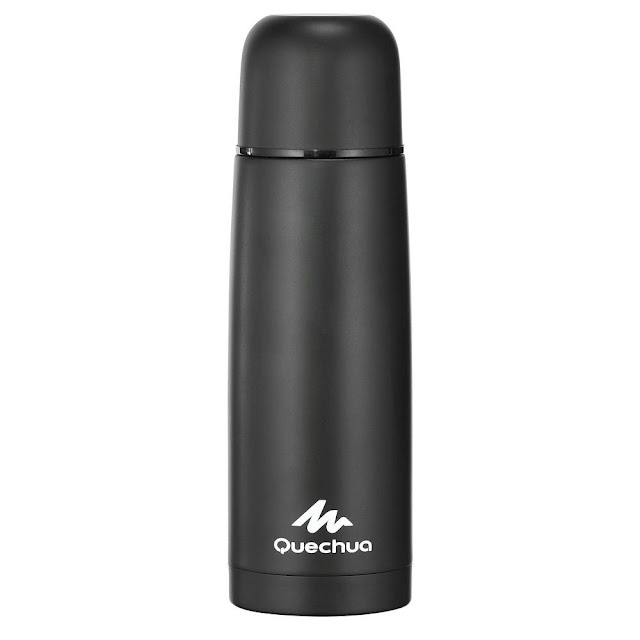 |
| Water can be stored hot for 18 to 24 hours even if it is cold outside (Image source- Decathlon) |
Food/Snacks
You need to load your bag with some snacks which are high in
protein. At Kedarnath, you will only get Maggy, Parathas, and Dal rice to eat. There
are some snacks available at some of the selected counters that are too costly than
what you get in the local market. I would advise you to carry dry fruits,
Chocolates, Energy bars, or glucose biscuits along with you. This acts as an instant
energy source whenever you are running through hunger. You can also keep some
apples in your bag to start your day if you are having acidity problems.
Bag Pack
Packing for the trip is exciting but unpacking is always
depressing. You can always divide your bag pack as per your day's planning. When
you trek to Kedarnath for close to 6 days you at least require a minimum 60 to 70
litter bag pack. Once you get to know what things to carry for Kedarnath, it
would be easy for you to decide on the bag pack. You should never compromise on a bag pack and shoes. A bag pack is the one that takes the load of your entire
heavy luggage. Just make sure your bag pack has good hip support, shoulder support,
and a quick access pocket. All your things will get into this bag pack. An apart
from it also carry a small bag pack of 10 to 20 litters to keep the regular
things that you need most often. A small bag will help you to easily access the required things.
 |
| Carry lightweight bag pack of 60 to 70 litter and one small bag of 10 to 20 litter (Image source- Decathlon) |
Tips to Remember for Kedarnath Trekking
- Start your trek early in the morning to reach the summit early
- Always carry ID card copy on phone and also one hard copy, you will never know if it requires at the check post.
- Keep some amount of extra cash as you will be running a shortage of the network at some point.
- If your bag gets overloaded with extra things then no worries at Kedarnath, there are locker rooms available at the base point of the Kedarnath trek starting point. The charges are around 50 INR per bag per day.
- No doubt there are horses available that take you to the summit of the Kedarnath temple, charges are 2300 INR to 2800 INR.
- You can also do your own camping set up near the temple.
- Do not litter the area around you.
How to reach Kedarnath and an ideal time to reach Kedarnath

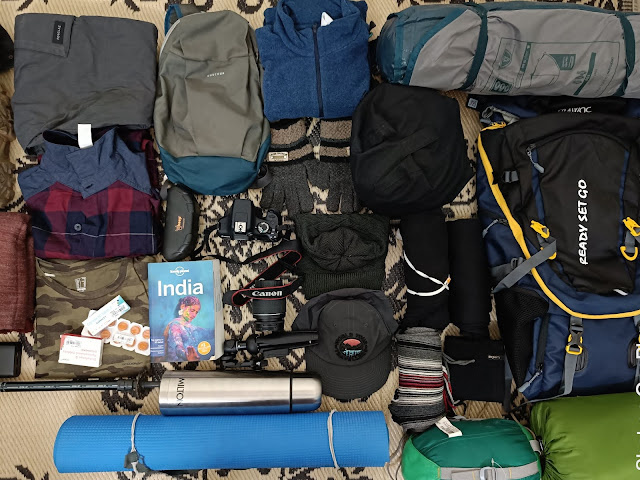



ReplyDeleteInformation is very informative also you can click Beast Layer Rash Guard ,and get such type of info, this is the great resource to get such type of information.
Such a beautiful extensive post covering all aspects. Very well articulated and extremely informative! Thank you so much for curating this :)
ReplyDeleteThank you so much for the lovely information yaa!!😊
ReplyDeleteThankuuu so much for the great information….☺️😊
ReplyDeleteI am saving this article link for future . Next year may lard shiva call me at kedarnath.
ReplyDeleteDetailed information thank you
ReplyDelete